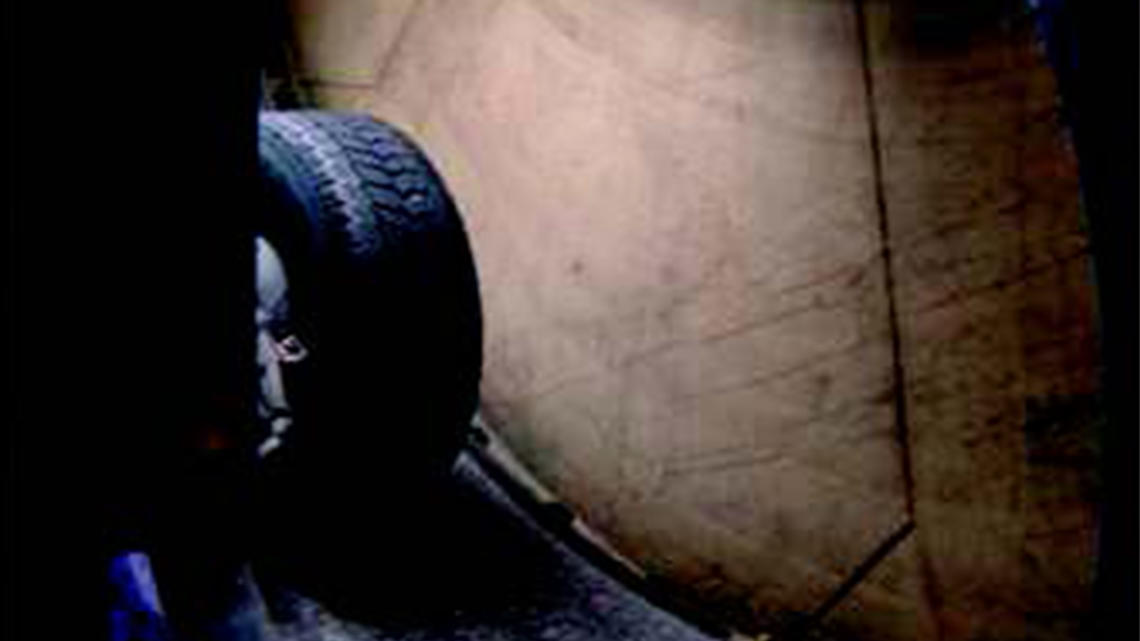Recent literature has implicated a role for tire and road wear particles (TRWP) in cardiopulmonary morbidities and mortalities associated with ambient particulate matter (PM) exposures. In this study, we compared the response to TRWP and tire tread particles (TP) to other particle types, including respirable titanium dioxide (TiO2), a relatively non-toxic particle; respirable silica, a relatively inflammogenic particle; and diesel exhaust particlles, known to induce nflammogenic and oxidative stress and found in ambient PM. Rats were intratracheally installed with 1 or 2 mg of size-fractionated TP or TRWP or 1 mg of one of the comparative particle types suspended in 0.1% Tween-80 in phosphate buffered saline (PBS) and sacrificed at 24 hours or 7 days post-instillation. Bronchoalveolar lavage fluid (BALF) was analyzed for changes in markers of inflammation (cell differential profile and cytokine expression), and cytotoxicity (total protein, lactate dehydrogenase, alkaline phosphatase); lung tissue homogenates were analyzed for markers of oxidative stress (hemeoxygenase-1 and thiobarbituric acid reactive substances [TBARS]). For nearly every marker of inflammation and cytotoxicity, the response to TP or TRWP was not statistically different than the relevant controls, whereas equivalent doses of both diesel exhaust particles and crystalline silica produced significant increases in markers of both inflammation (i.e. influx of inflammatory cells and increase of inflammatory cytokines in BALF) and cytotoxicity (i.e. increases in LDH activity and total protein levels in BALF). These results indicate that tire wear particles are less potent inducers of adverse effects associated with exposure to ambient PM, compared to other constituents of ambient PM.
Published: 18 Mar 2010
Type: Publication


